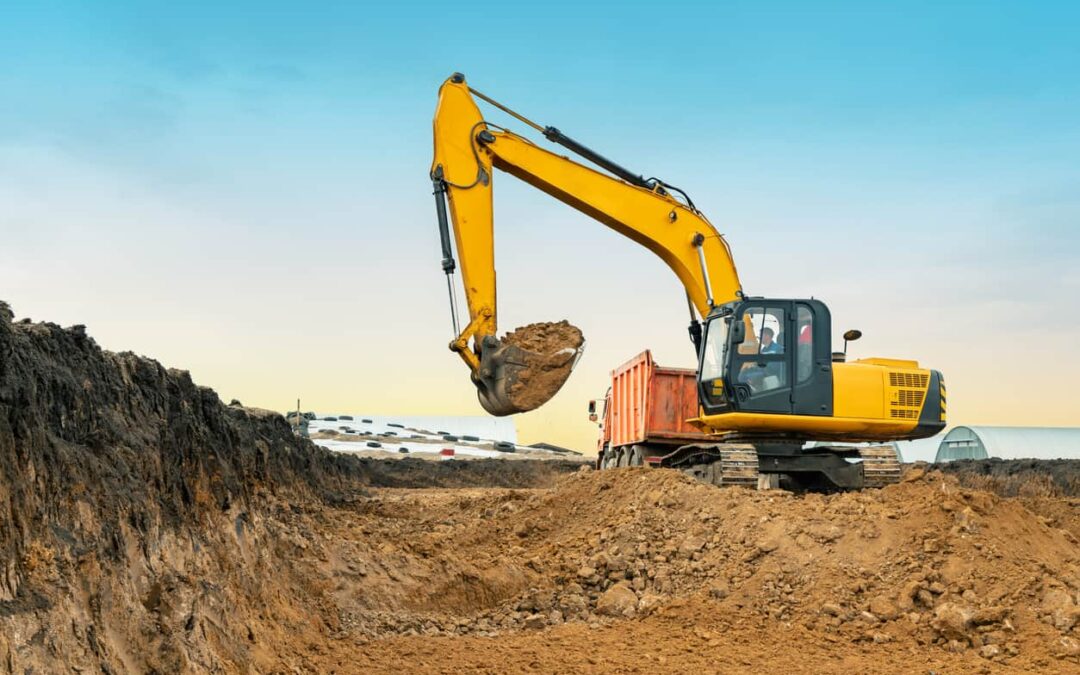Easily the most recognizable of the heavy equipment seem at construction or dig sites, excavators have a very imposing appearance. With the huge arm at the front and the myriad of potential accessories attached, these machines can range into tens of tons in weight and over ten feet in height.
The primary function of an excavator is, simply enough, to excavate: to move large quantities of soil, dirt, or debris during cabling prep, clean-up, or construction work. They are used in industries from archaeology to construction to mining, and their modular design makes them suitable for dozens of different applications.
The hydraulic systems built into the main equipment on an excavator, the “hoe,” is actually comprised of three different components. The boom extends the arm of the excavator. The dipper arm controls the placement of the bucket. And the bucket is the part of the hoe that performs the digging operations.
All of this is accomplished via three independent but complementary hydraulic systems. Designed to operate much like the human arm, the three systems make up the “elbow,” “wrist,” and “hand” of the excavator. The initial hydraulic system extends a piston that lowers and raises the arm. The second system extends and retracts the far part of the arm. Lastly, the hoe itself is controlled with a third system that moves the bucket backward and forward. All this is controlled from the operator’s station, usually via a pair of joysticks, enabling very precise motions and dig depths that can be precisely calibrated to miss underground utility installations or water lines, for example.
Texas Hydrostatics knows excavators inside and out. If your excavators and other hydraulic-based construction heavy equipment need service, contact Texas Hydrostastics today. They can help you maintain the power and versatility of all your earth-moving equipment.

